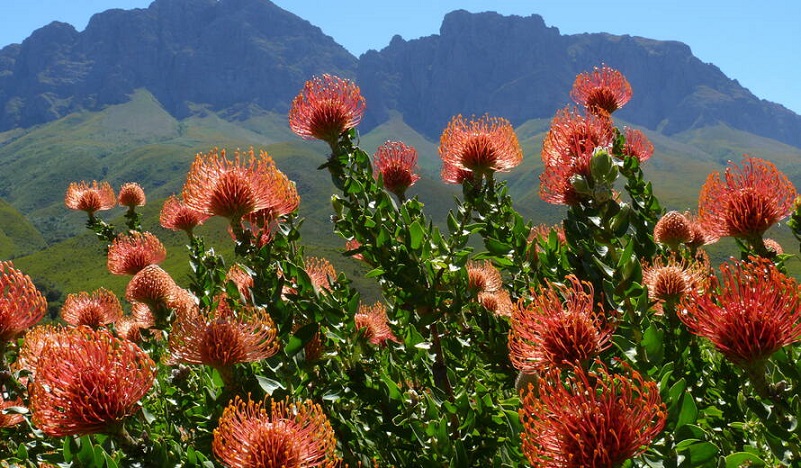
News
International Earth Day 2019: Protect Our Species

Cape Floral Region Protected Areas (South Africa) © OUR PLACE THE WORLD HERITAGE COLLECTION
International
Earth Day is celebrated every year on 22 April to remind us that the Earth and
its ecosystems provide us with sustenance, and that we have a collective
responsibility to achieve balance among the economic, social and environmental
needs of present and future generations.
This year’s Earth
Day highlights the importance of protecting species. World Heritage sites are
home to the world’s most exceptional species on earth. The marine environment
of the Natural System of Wrangel Island Reserve (Russian Federation), for
example, is an increasingly important feeding ground for the Gray whale
migrating from Mexico, some of them coming from the World Heritage site Whale
Sanctuary of El Vizcaino (Mexico). Wrangel Island is also the breeding habitat
of Asia’s only Snow goose population, which is slowly making a recovery from
catastrophically low levels.
Manú National
Park (Peru) covers only 0.01% of the earth’s land surface and the tropical
forest site supports approximately 10% of the world’s known bird species. Cape
Floral Region Protected Areas (South Africa) is a haven for plant species and
endemism (6,000 species endemic to South Africa), while also supporting almost 20%
of the continent’s flora.
In many places of
the world, World Heritage sites are nature’s last strongholds of endangered
species. Nearly a third of all marine sites on the UNESCO World Heritage List
are threatened by unsustainable or illegal fisheries. Sichuan Giant Panda
Sanctuaries - Wolong, Mt Siguniang and Jiajin Mountains (China) is home to more
than 30% of the world's pandas, one of the most iconic threatened species.
The challenges
facing World Heritage conservation, combined with the effects of climate
change, are unprecedented in human history. The need for joint and collective
collaboration among all stakeholders is a must. World Heritage sites are the
litmus test for measuring success of the global protected area movement, and
have the potential to be a learning laboratory and a source of inspiration for
protected areas. The World Heritage Convention fosters a shared commitment by
the global community to save these irreplaceable habitats.
We have to work
together to safeguard these World Heritage places, many of which are critical
ecosystems for threatened species and vital resources for our planet’s life
support.
To find out more,
see the World Heritage Review article, ‘World Heritage and species: safe havens
for wildlife?’ http://whc.unesco.org/en/review/73/



